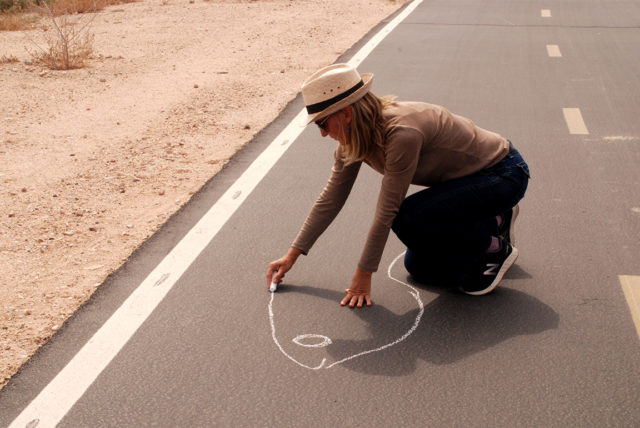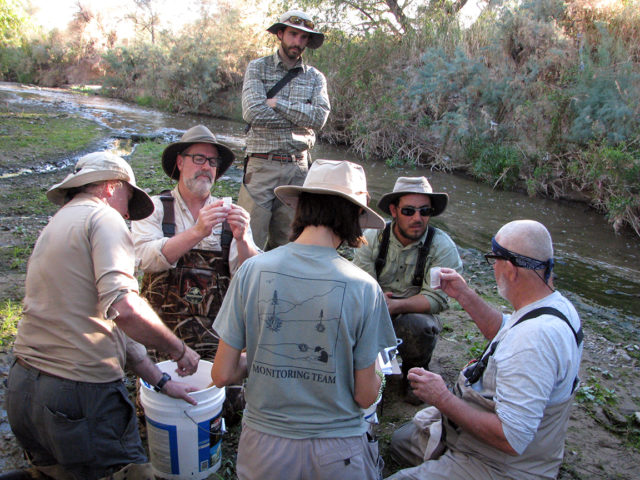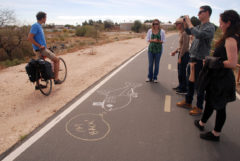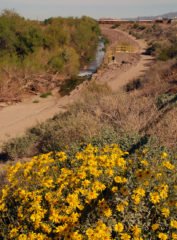
In December 2017, I was fortunate to attend the kick-off workshop of the 2017 Catalyst Initiative teams. Organized by the Center for Performance and Civic Practice (CPCP), this program funds pairs of artists and civic partners to develop projects that address a variety of community issues. Admittedly, I went into the workshops feeling a bit nervous. Knowing there were going to be actors, performers, and other artists invited, I wondered if I was going to have to perform. I had a few flashbacks of my shy kindergarten self who couldn’t muster the courage to say two lines in the school holiday play.
The general idea of the Catalyst Initiative is that by working with nontraditional partners, artists and civic partners gain new perspectives and ideas towards finding solutions. Teams don’t need to have the project idea mapped out from the start. An important part of what CPCP wants to support with the Catalyst Initiative is the journey, or the collaborative process that unfolds as the team works together.
As the workshop went on, I enjoyed feeling that my science world was blending with the path my sister had chosen—she chose to pursue a career in the arts, knowing from an early age that she wanted to be an actor. It was also just days before we were going to officially announce the Gila topminnow’s return to the river near Tucson, so I was feeling the excitement of making this announcement.
This endangered species had been gone from the river for over 70 years, and the milestone was significant for me. Ten years earlier I waded through the Santa Cruz River for the first time. I was a newly hired employee at Sonoran Institute, just getting to know the river through participating in my first fish survey (we didn’t find any fish that day). Thinking back, never could I have imagined that the annual fish survey—that I now coordinate—would see the endangered Gila topminnow return to the river. Two years ago we celebrated its reappearance near Nogales, and it returned to Tucson last fall.

My teammates for the Catalyst Initiative are Brian Powell from Pima County and local artist Kimi Eisele. Together we decided to tackle the following challenges: bring more attention to the Santa Cruz River and increase awareness of the recent improvements since the Gila topminnow’s return was made possible by a significant upgrade to the wastewater reclamation facilities in 2013. This has led to numerous improvements in river health, including greater fish diversity and increased recharge of our local aquifer.
Our Living River reports help the community better understand the science used to measure river health. Pioneered by Sonoran Institute in 2008 for the river near Nogales, and expanded in partnership with Pima County to the river near Tucson in 2012, they have been critical in tracking and communicating changes in the Santa Cruz River’s health. In fact, the Tucson series just received the National Association of Clean Water Agencies’ 2018 National Environmental Achievement Award for the category of Public Information and Education. However, we need diverse ways to reach the diverse members of our community.

Our team was inspired by the Gila topminnow’s return to the river and knew it would be a central part of the project, and wanted to reach people that already use our river corridor for recreation. There are miles of paved paths along the Santa Cruz that are part of Pima County’s Loop recreation trail. Surely path users noticed some changes along the river (less odor!), but did they know why things smelled and looked different? Did they know the source of the flowing water in the river? Did they know the Gila topminnow was back?

In a playful blend of art, history, and science, the Gila topminnow will help draw attention to the river. The native fish’s image, painted with stencils directly on the pavement, will engage people on the path. The installations begin at Speedway Blvd. (on the East side of the river) and culminate near the outfall of the Agua Nueva Wastewater Reclamation Facility. This outfall is one of two points where water is released into the river near Tucson and Marana, and is the reason year-round flows in this stretch of the Santa Cruz are possible.
I hope you will join us in celebrating the Santa Cruz River and the return of the Gila topminnow. Enjoy exploring on your own, or join us soon for a picnic dinner.
Blog Post By: Claire Zugmeyer, Ecologist
